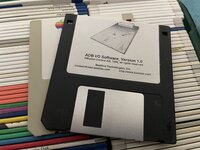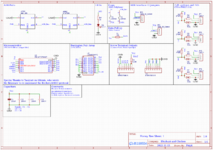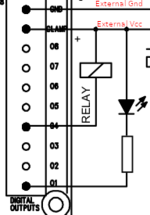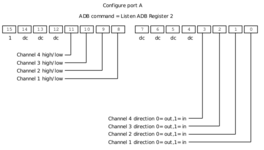That’s incredible! Where were you last year? 
Seriously though this is awesome. Really impressed and looking forward to all the cool stuff we can do with these!
Edit: for what it’s worth I was inspired by @tashtari’s plea for ADB pheripherals so I went on a new rabbit hole of searching last week which found reference to MacTech magazine (which is awesome btw, and lots of back issues on Archive.org) which gave my the bzzzzzz website address. From there I was able to download the (corrupt) software archive from the. Way back machine with sufficient good content to get to where we are now!
Edit 2: do you have a complete, non-corrupt archive?
Seriously though this is awesome. Really impressed and looking forward to all the cool stuff we can do with these!
Edit: for what it’s worth I was inspired by @tashtari’s plea for ADB pheripherals so I went on a new rabbit hole of searching last week which found reference to MacTech magazine (which is awesome btw, and lots of back issues on Archive.org) which gave my the bzzzzzz website address. From there I was able to download the (corrupt) software archive from the. Way back machine with sufficient good content to get to where we are now!
Edit 2: do you have a complete, non-corrupt archive?
Last edited:





